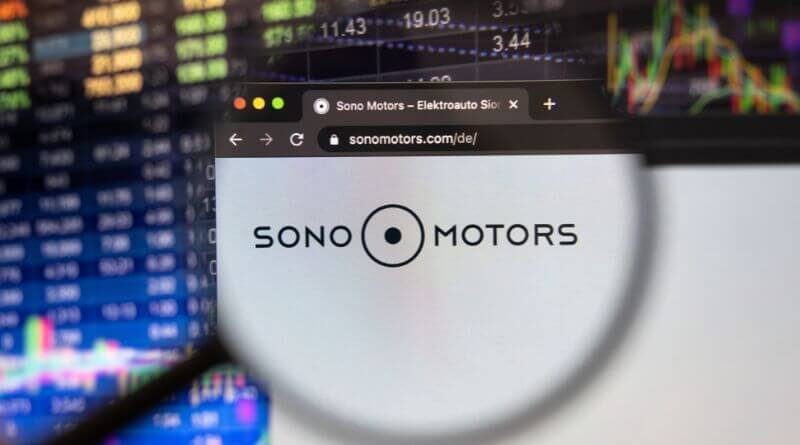Solar electric car technology continues to advance
Electric cars you can charge comfortably from your own home at your own charging point hit the market so fast, as it seems like yesterday. And now here’s another innovation that’s not only environmentally friendly but also cost-effective. We would like to introduce electric cars powered directly by solar energy.
Sono Motors has introduced the Sion solar vehicle
Germany’s Sono Motors has presented its design for a passenger car called Sion together with a solar bus kit for public transport. Sono Motors’ executives say that this technology, empowering vehicles with solar energy, could be used for all means of transport, from buses to trucks to ships in the future.
Sono Motors designed a four-door passenger car called the Sion. Solar panels, which are built into all sides of the main body, allow the car to generate electricity on its own. This solution can add up to about 150 miles of range to a conventional battery in a week, making the car fully self-sufficient over shorter distances.
Instead of the fragile and heavy glass covers, Sono Motors preferred monocrystalline silicon cells, protected by a polymer layer. The polymer is resistant to breaking. This car remains in demand and has already been pre-ordered by 19,000 customers.
The company also cares about the future in bus transport, so they have created a kit that fits the classic types of buses. It enables the installation of such systems on existing bus models. In addition to traditional diesel power, solar panels on buses can be used for lighting, heating and cooling, saving a lot of the fuel required to run the bus.
Lightyear developers unveiled the Lightyear 0 solar car
Another company involved in solar electric vehicle technology is the Dutch company – Lightyear. After six years of development, they have launched a car called the Lightyear 0.
The Lightyear 0 has great potential and the company promises that this car is capable of travelling up to 1,000 kilometres on a single charge. Solar panels on an electric car allow it to be charged while driving for short distances and even when parked. This means that, for example, in weather conditions such as those in the Netherlands, a car could be driven for two months before having to connect to a charging station, or up to seven months in Spain and Portugal.
The Dutch company focused on aerodynamics and weight as well. The car’s engines are stored in the wheels and the consumption is estimated at approximately 10.5 kWh per 100 km. That makes the Lightyear 0 the most efficient electric car. The car is also very light with a weight of 1,575 kilograms. The developers didn’t think of the planet only, but also of the drivers. They designed a sleek dashboard with a touchscreen system and the interior is made from vegan and natural materials.

